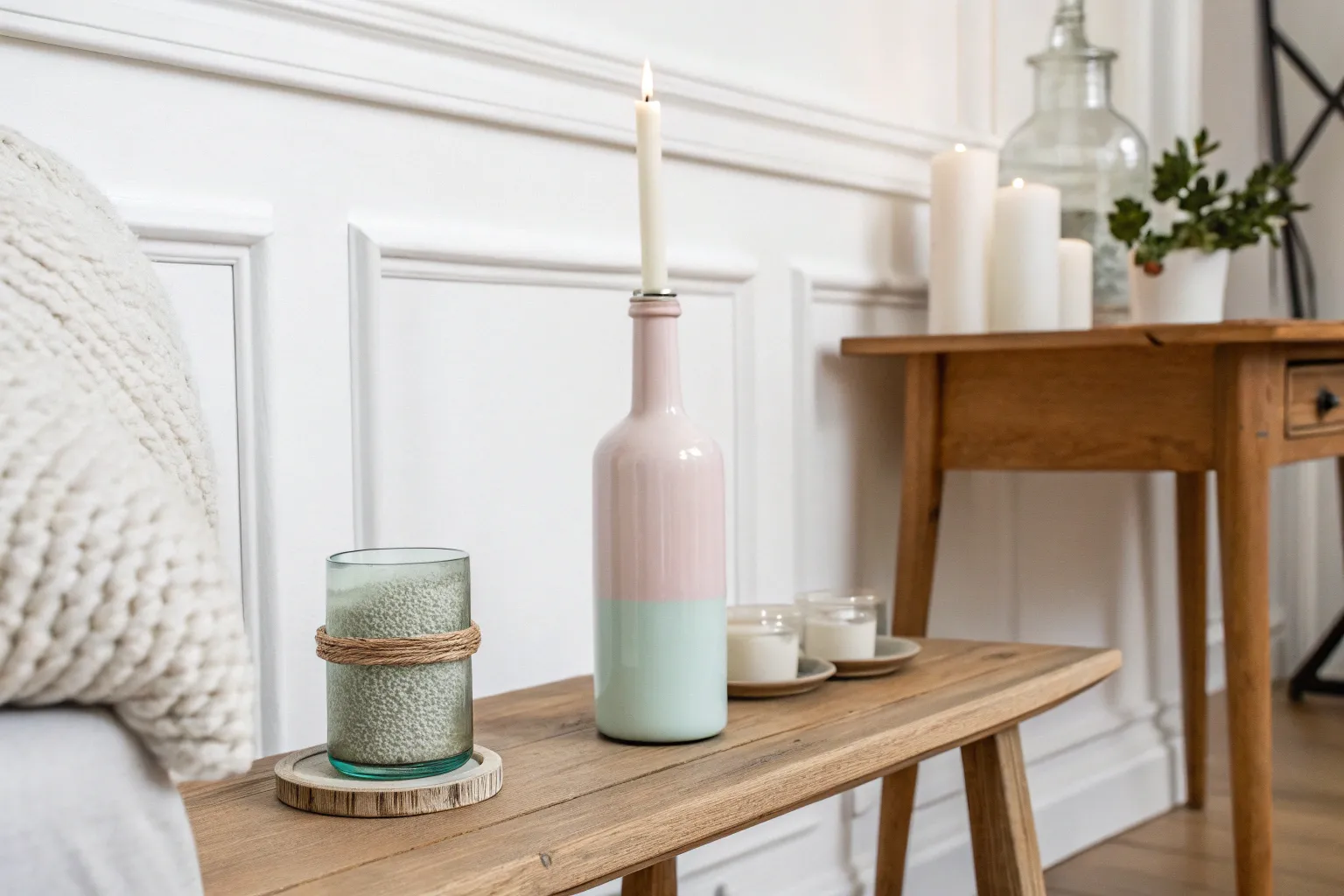Transform everyday glass bottles into stunning contemporary candle holders with these professional techniques and creative inspiration. This comprehensive guide will help you create sophisticated lighting pieces that perfectly complement modern home decor.
Understanding Modern Glass Painting Fundamentals
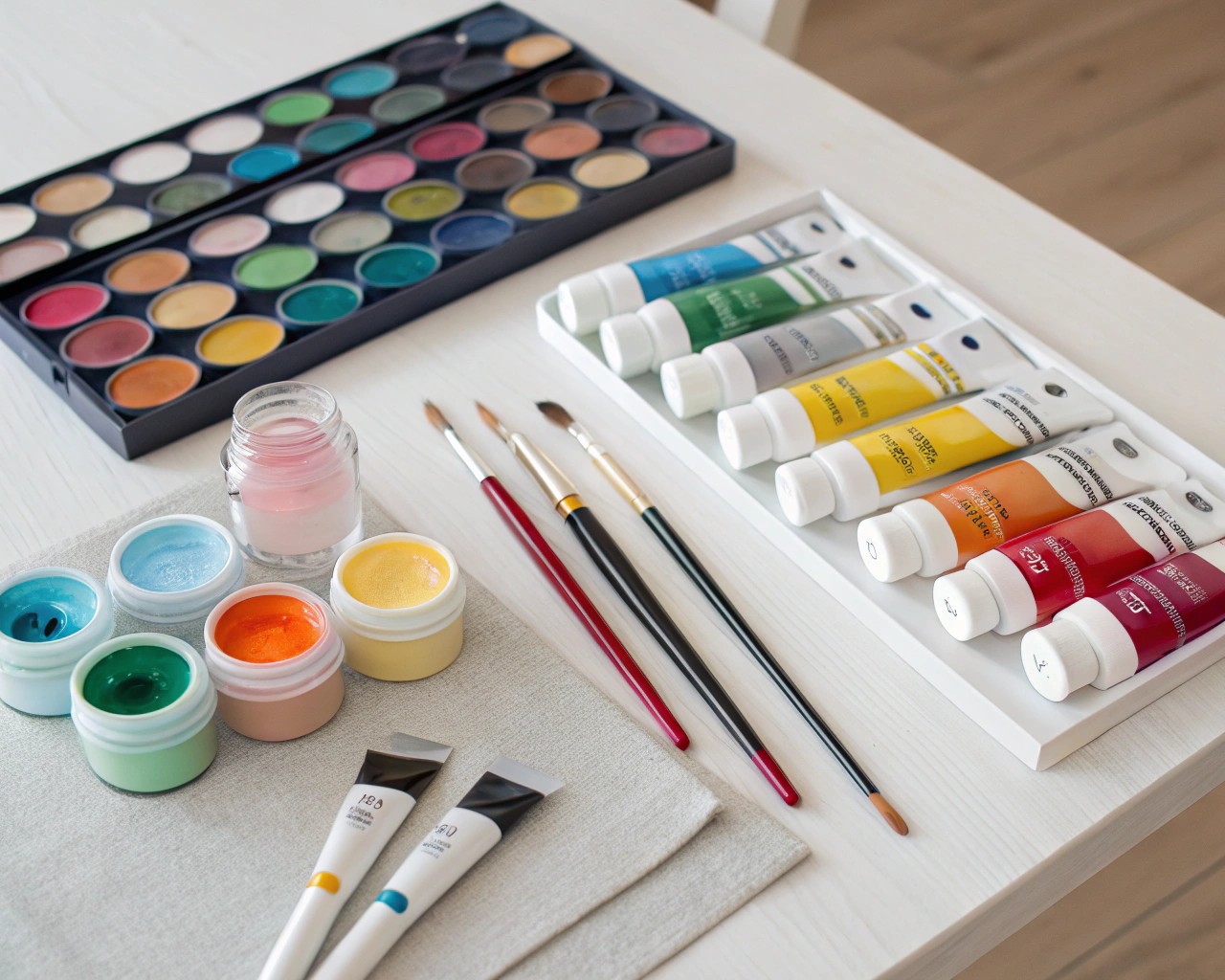
The key to professional-looking painted glass candle holders lies in proper surface preparation and paint selection. Glass painting has evolved significantly from basic craft projects to sophisticated decorative art, with modern techniques producing results that rival expensive store-bought pieces.
When working with glass bottles for candle holders, I’ve found that the choice of paint dramatically affects both the final appearance and durability. Ceramic paints offer superior adhesion and heat resistance compared to standard acrylics, making them ideal for candle holder applications. These specialized paints contain heat-activated hardening agents that create a scratch-resistant finish once properly cured in the oven.
The preparation process cannot be overstated in its importance. Glass surfaces contain natural oils and residues that prevent paint adhesion. A thorough cleaning with isopropyl alcohol removes these barriers, creating the clean surface essential for professional results. This step alone can mean the difference between paint that lasts for years and finish that chips within weeks.
Essential Materials and Safety Considerations
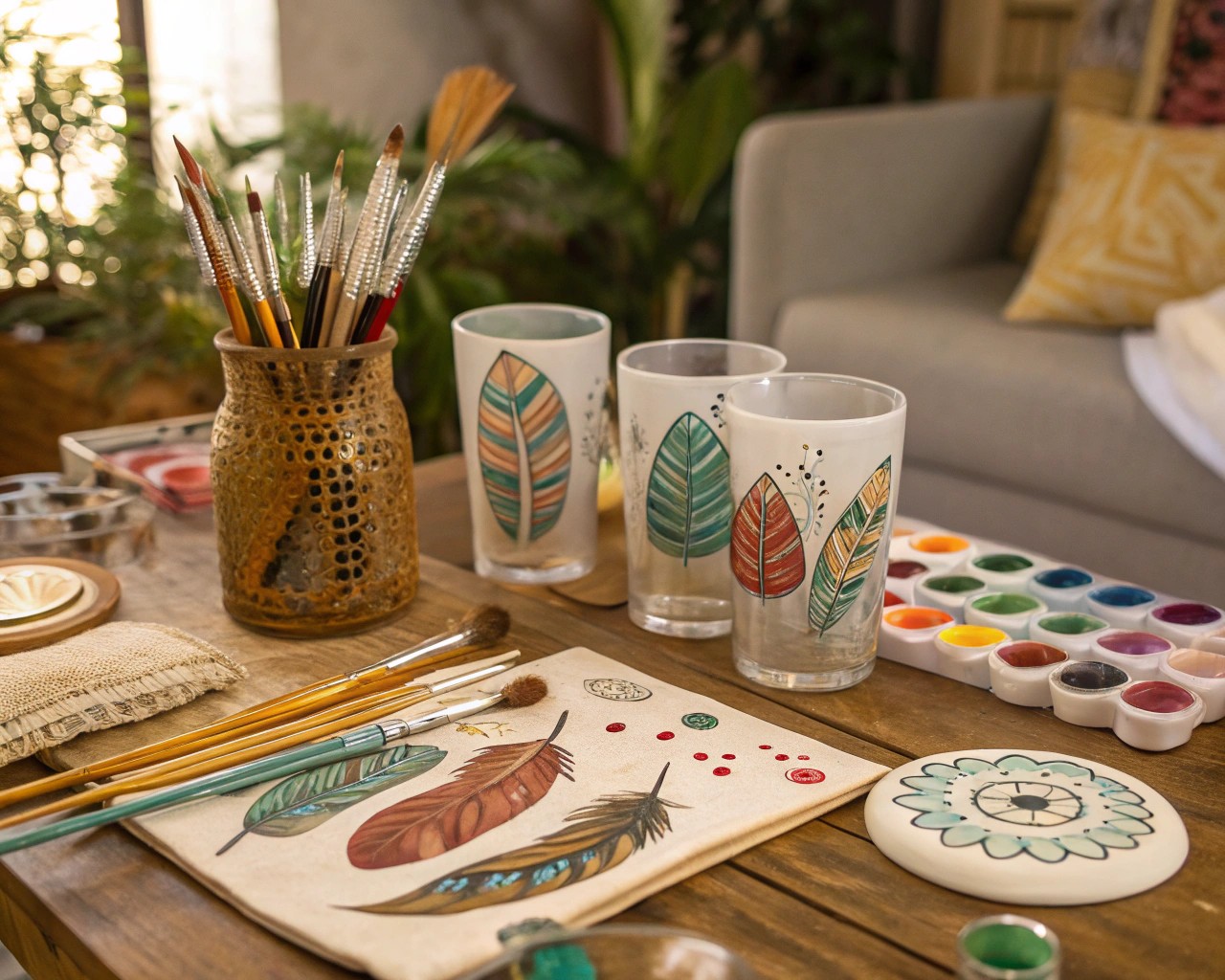
Creating painted glass candle holders requires specific materials chosen for both aesthetic appeal and safety compliance. The most critical consideration involves ensuring your finished pieces meet basic fire safety standards for candle accessories.
Primary Materials:
- Glass bottles (wine, beer, or decorative bottles work excellently)
- Ceramic paints or multi-surface acrylics designed for glass
- High-quality synthetic brushes or foam applicators
- Isopropyl alcohol (99% concentration preferred)
- Painter’s tape for creating clean lines
- Glass etching cream (optional for textured effects)
- Spray primers designed for glass adhesion
Safety Equipment:
- Nitrile gloves when handling etching cream
- Dust masks during spray application
- Safety glasses for eye protection
- Well-ventilated workspace or outdoor area
The safety aspect extends beyond the crafting process to the final use. Modern candle safety standards require holders to be heat-resistant and stable enough to contain melted wax safely. Glass bottles naturally meet these requirements, but painted surfaces must be properly cured to maintain their integrity under heat exposure.
Professional Surface Preparation Techniques
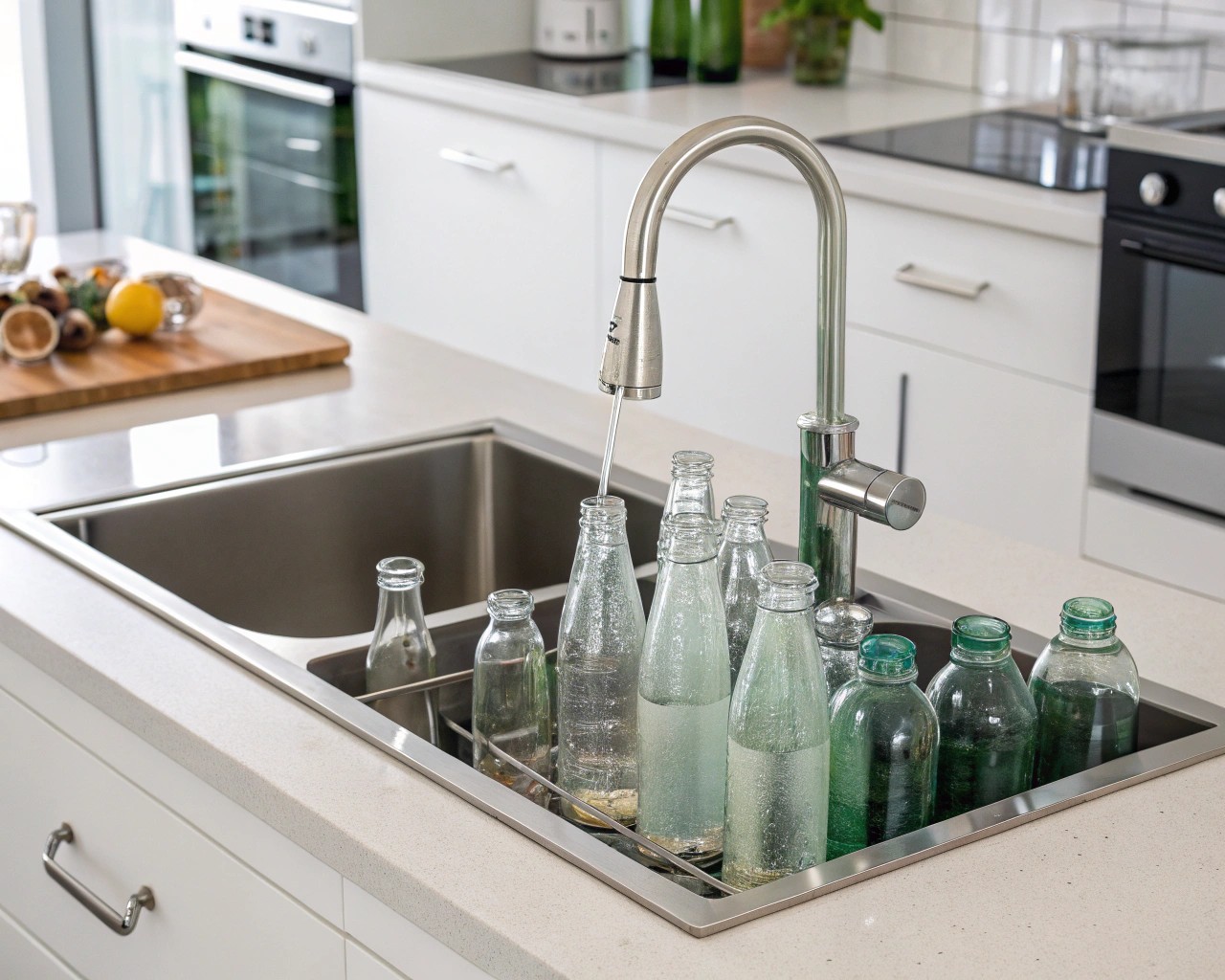
I’ve discovered through extensive testing that the most successful painted glass projects begin with meticulous surface preparation. This process involves several critical steps that many DIY guides overlook, yet they make the difference between amateur and professional results.
Start by removing all labels and adhesive residue completely. Soaking bottles in warm soapy water helps loosen labels, but stubborn adhesive requires more aggressive treatment. I use a combination of heat from a hair dryer and citrus-based adhesive removers to eliminate all traces without damaging the glass surface.
The cleaning process involves multiple stages. After removing labels, wash bottles thoroughly with degreasing dish soap, then rinse completely. The final cleaning step uses lint-free cloths dampened with isopropyl alcohol to remove any remaining oils or soap residue. This creates the pristine surface necessary for optimal paint adhesion.
For projects requiring exceptionally durable finishes, I sometimes apply a light mist of glass primer before painting. This extra step provides additional tooth for the paint to grip, particularly valuable when creating candle holders that will experience temperature changes during use.
Color Theory and Modern Design Principles
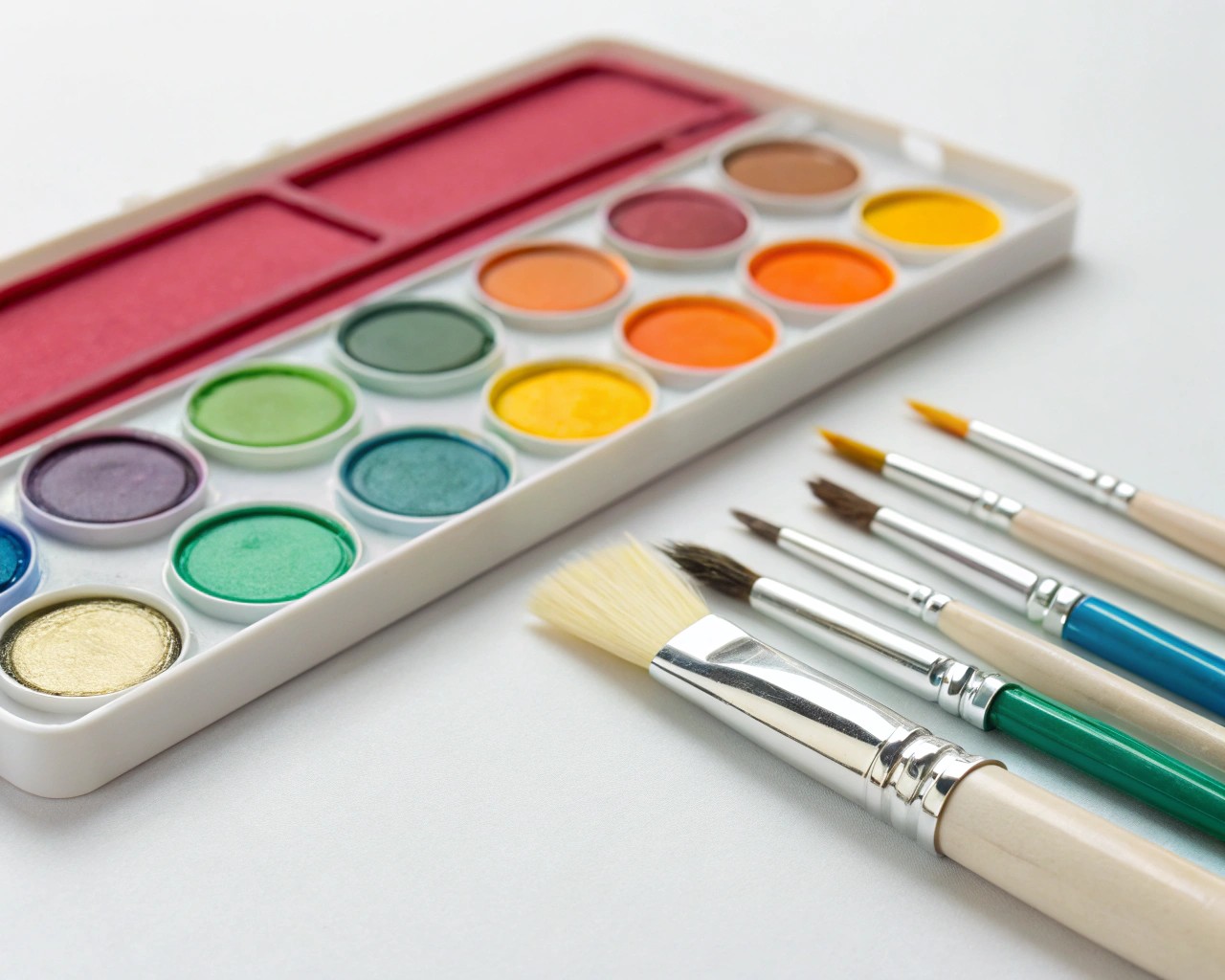
Contemporary painted glass candle holders work best when they complement existing decor rather than competing for attention. Modern design principles favor sophisticated color palettes that create ambiance without overwhelming spaces.
Monochromatic schemes using various shades of a single color create elegant, cohesive looks that integrate seamlessly with modern interiors. I particularly favor deep blues, warm grays, and muted greens for their ability to enhance candlelight while maintaining sophisticated appeal.
Metallic accents add luxury without garishness when applied judiciously. Copper and bronze tones create warmth, while silver and pewter provide cool elegance. The key lies in using metallics as highlights rather than dominant features – perhaps adding thin bands around bottle necks or subtle gradations at the base.
Texture plays an equally important role in modern design. Combining smooth painted areas with frosted or etched sections creates visual interest and sophisticated light diffusion. These textural contrasts prevent monotony while maintaining the clean lines essential to contemporary aesthetics.
Advanced Painting Techniques
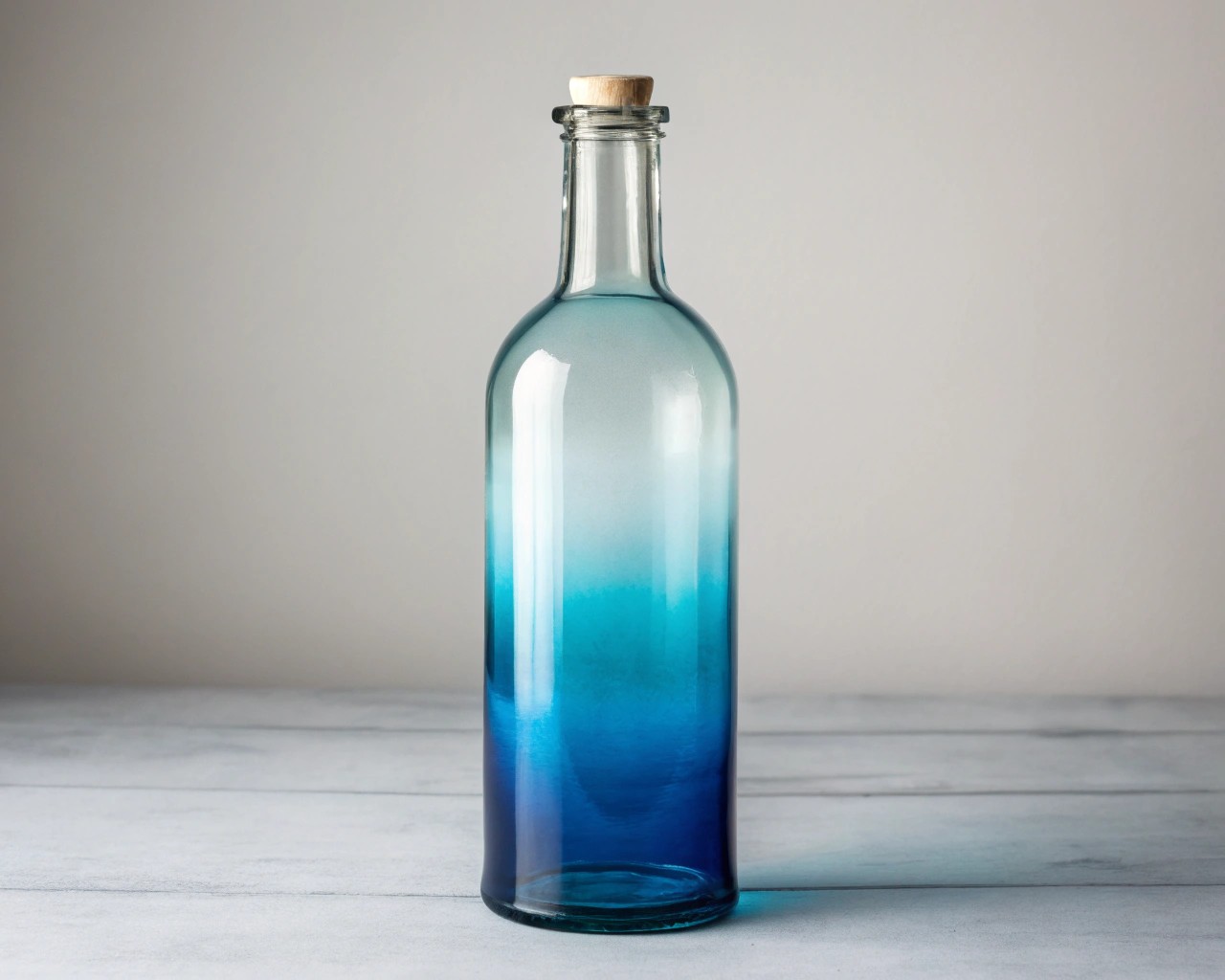
Ombre Effects
Creating seamless color transitions requires patience and proper technique. I start by positioning bottles upside down and applying the darkest color at what will become the base. While the paint remains workable, I blend lighter tones upward using a damp cosmetic sponge in gentle dabbing motions. The key is working quickly while the paint edges remain wet, allowing natural blending without harsh lines.
Frosted Glass Finishes
Spray-applied frosted effects create sophisticated light diffusion perfect for candle holders. The technique requires multiple light coats rather than single heavy applications. I hold the spray can 8-12 inches from the surface and apply thin, even layers, allowing each coat to dry completely before adding the next. This builds depth while preventing the thick, cloudy appearance that results from heavy application.
Geometric Patterns
Modern design often incorporates clean geometric elements. Using high-quality painter’s tape, you can create crisp lines and shapes that add contemporary flair. I recommend pressing tape edges firmly to prevent paint bleeding, and removing tape while the paint remains slightly tacky for the cleanest lines.
Reverse Painting Techniques
For candle holders that will be viewed from all angles, consider painting the interior surfaces instead of the exterior. This protects the finish from handling while creating unique light effects as candlelight passes through the painted glass. This technique works particularly well with translucent colors that create subtle color washes.
Step-by-Step Creation Process
Phase 1: Design Planning
Begin by sketching your design concepts, considering how candlelight will interact with painted surfaces. Dark colors absorb light while lighter tones reflect and diffuse illumination. Plan color placement to enhance rather than diminish the candle’s glow.
Phase 2: Surface Preparation
Clean bottles thoroughly using the multi-step process described earlier. Allow complete drying – any residual moisture will create adhesion problems. Tape off areas that will remain unpainted, ensuring tape edges are sealed tightly.
Phase 3: Base Coat Application
Apply base colors using smooth, even strokes. I prefer working in sections, maintaining wet edges to prevent overlap marks. For solid coverage, two thin coats typically produce better results than one thick application. Allow proper drying time between coats – rushing this step often leads to imperfections.
Phase 4: Detail Work
Add patterns, textures, or accent colors after base coats cure completely. Use fine brushes for detailed work and take time to achieve clean, precise lines. This phase requires patience but creates the professional finish that distinguishes quality work.
Phase 5: Curing Process
Ceramic paints require oven curing for maximum durability. Follow manufacturer specifications exactly – typically 350°F for 30 minutes, starting with a cold oven to prevent thermal shock. Allow bottles to cool gradually in the oven to prevent cracking.
Creative Design Inspirations
Minimalist Elegance
Single-color bottles in sophisticated hues embody modern minimalism. I particularly love deep charcoal gray with subtle metallic accents – sophisticated enough for formal dining yet approachable for everyday use. The key lies in perfect execution rather than complex design.
Nature-Inspired Abstracts
Organic shapes and natural color palettes connect modern interiors with the outdoors. Think flowing forms in ocean blues and seafoam greens, or abstract leaf patterns in various earth tones. These designs work beautifully in contemporary spaces that incorporate natural elements.
Industrial Chic
Metallic finishes in copper, bronze, and pewter create industrial-style pieces perfect for loft-style interiors. I sometimes combine these with subtle texture elements – perhaps leaving portions of the glass unpainted to create interesting contrasts between raw and finished surfaces.
Gradient Sophistication
Color gradients from dark to light create visual movement while maintaining modern simplicity. These work particularly well when the gradient flows from base to neck, creating the illusion of height while providing interesting light effects as candles burn.
Safety and Quality Considerations
Modern candle holder safety extends beyond basic fire precautions to include proper material selection and construction techniques. The paint system you choose must withstand temperature changes without releasing harmful vapors or degrading structurally.
Ceramic paints specifically formulated for glass provide the best combination of safety and durability. These paints cure to create chemically inert surfaces that don’t off-gas when heated. Standard craft acrylics, while initially attractive due to lower cost, may not provide adequate heat resistance for candle holder applications.
Stability represents another crucial safety factor. Painted decorations should not significantly alter the bottle’s center of gravity or create top-heavy conditions that increase tipping risk. I always test finished pieces with actual candles to ensure stable operation under real-world conditions.
The curing process directly affects both safety and longevity. Properly cured ceramic paints create durable, washable surfaces that maintain their appearance through repeated use. Under-cured finishes may deteriorate when exposed to heat and moisture from burning candles.
Maintenance and Longevity
Properly executed painted glass candle holders require minimal maintenance while providing years of beautiful service. The key lies in using appropriate cleaning methods that preserve the painted finish while removing wax buildup and general soiling.
For routine cleaning, warm water and mild dish soap work effectively without damaging properly cured paint. Avoid abrasive cleaners or scrubbing pads that might scratch painted surfaces. I recommend using soft cloths or sponges, working gently to preserve the finish integrity.
Wax removal requires slightly more care. Allow hardened wax to warm slightly – either in warm sunlight or with careful application of warm air from a hair dryer. Once softened, wax usually peels away easily without tools that might scratch the paint. For stubborn residue, plastic scrapers work better than metal implements.
Periodic inspection helps identify potential issues before they become serious problems. Look for paint chips, cracks, or areas where the finish appears to be lifting. Early intervention – perhaps touching up small areas – prevents larger problems and extends the holder’s useful life.
Troubleshooting Common Issues
Even experienced crafters encounter challenges when painting glass. Understanding common problems and their solutions helps achieve consistently professional results.
Paint Adhesion Problems
Poor adhesion typically results from inadequate surface preparation or contamination during the painting process. If paint peels or chips easily, strip the affected areas and restart with more thorough cleaning. Sometimes adding a glass primer solves persistent adhesion issues.
Uneven Coverage
Streaky or uneven paint coverage usually indicates insufficient paint flow or working too slowly. Maintain wet edges while painting, and consider thinning paint slightly if it seems too thick. Multiple thin coats generally produce better results than attempting full coverage in a single application.
Bubbling or Texture Issues
Surface bubbles often result from painting over insufficiently cleaned glass or applying paint too thickly. Sand affected areas smooth once dry, clean thoroughly, and repaint with thinner coats.
Color Matching Difficulties
When touching up or creating matched sets, color consistency can be challenging. Always mix sufficient paint for the entire project, and keep detailed notes about color formulations for future reference.
Creating painted glass bottle candle holders combines artistic expression with practical home decoration. The techniques presented here provide the foundation for producing professional-quality pieces that enhance any modern interior. Whether you prefer minimalist elegance or bold contemporary statements, these methods will help you achieve stunning results that bring warmth and sophistication to your living spaces.
The key to success lies in patience and attention to detail. Take time with each step, from initial cleaning through final curing, and your efforts will be rewarded with beautiful, durable candle holders that provide years of enjoyment. Remember that each piece you create is unique – embrace the handmade quality that mass-produced items cannot match.

